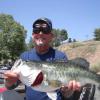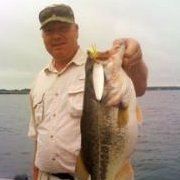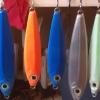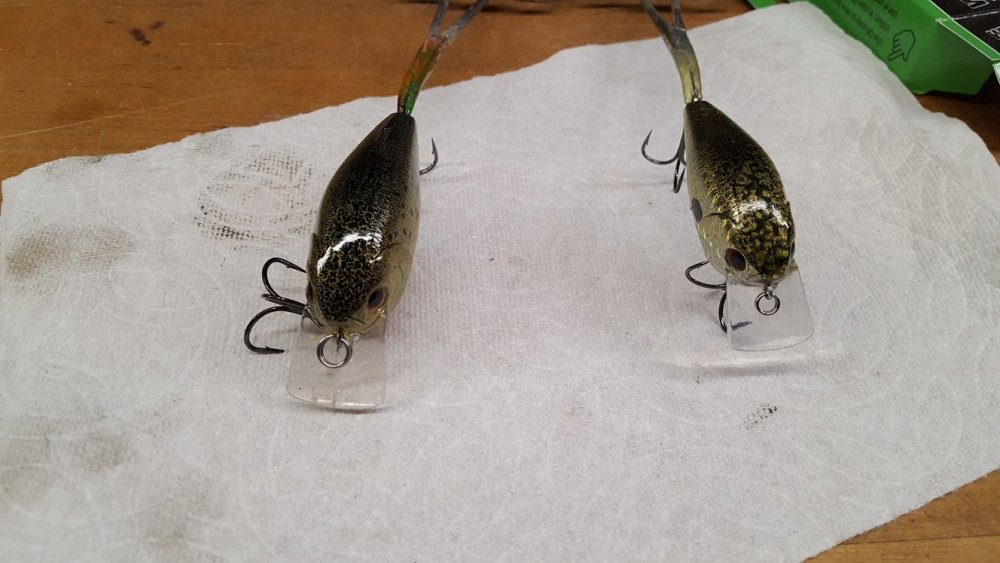Leaderboard
-
in all areas
- All areas
- Images
- Image Comments
- Image Reviews
- Albums
- Album Comments
- Album Reviews
- Topics
- Posts
- Stories
- Story Comments
- Story Reviews
- Classified Ads
- Classified Ad Comments
- Classified Ad Reviews
- Records
- Record Comments
- Record Reviews
- Websites
- Website Comments
- Website Reviews
- Status Updates
- Status Replies
-
Custom Date
-
All time
February 2 2011 - April 20 2024
-
Year
April 20 2023 - April 20 2024
-
Month
March 20 2024 - April 20 2024
-
Week
April 13 2024 - April 20 2024
-
Today
April 20 2024
-
Custom Date
10/28/2020 - 10/28/2020
-
All time
Popular Content
Showing content with the highest reputation on 10/28/2020 in all areas
-
2 points
-
PS... I have a great fan for you... Maybe I could apply this towards the rods you built me...2 points
-
2 points
-
Hmm. It’s a neat idea and I think your enclosure will work nice. One thing I think about is you need to replace the air you are exhausting with fresh air to create some flow and you can do that with some well placed ventilation holes or by creating a little space in your plexi. As you get into the soft plastics, another thing that comes to mind is the ability to do laminates and possibly two of your little fry daddies placed side by side so keep that in mind with whatever you are building. Two feet high isn’t enough room to work a couple pots and a twin injector. Probably not enough for a six inch single and a pot. And yes, you will want to go there more than likely as you progress in the hobby. I believe with an enclosed space your plan will work. Personally, I would vent to the outside as the plastisol can become quite strong especially if you burn some. Make your box a little larger and go with the 440cfm. That said, the 220 is moving almost 4cfm a second which should be fine in an enclosure. I’m no HVAC expert, though. JMO.2 points
-
I always used MF because it was in liquid form. All others at the time were clumpy and miserable to work with.1 point
-
I rate Alumilite very highly for casting lures, I use it exclusively, but the more microballons you add the less "pourable" it becomes. I chose to use volume as a quantity because microballons are so light that a small error in mass/weight will make a huge change, while a small error in volume will not. If I did the graph differently again, I would label the axis differently, but 10cc of microballons and 10cc alumilite is a 100% mix on my graph. As you can see on the graph, 9.2 cc of microballons and 10 cc Alumilite white give a density of .69, Water has a density of 1.00. This should at least get you started.1 point
-
Im not real sure who you even are. I should of been more specific. and not said "you". but in general people.1 point
-
If I were just starting out, I'd buy the Eclipse HP-CS with the .5mm needle conversion. I have been airbrush painting lures for 15+ years. I began with a Badger syphon brush. It shoots all paints well, but it's a pain to change colors, since it involves changing paint bottles and flushing with a clean water bottle between colors. It is also no good to me for finer detail work. But it is what I used to use when I had a lot of lures to prime/base coat with Createx opaque white. I almost immediately bought an Iwata HP-C Plus gravity fed airbrush, with a .3mm needle, and have used it almost exclusively since then. Since I am no artist, I have struggled over the years with getting my paint thinned properly to shoot without clogging, and I always faced painting sessions with dread. This year, I bought an Iwata Eclipse HP-CS, with the .5mm needle conversion. What a difference! It is easy to shoot most paints with minimal thinning, can shoot details by adjusting the air pressure, and, because I put the pre set handle w/cut out from an older HP-/C plus airbrush on it ($29 from Coast Airbrush),the paint flow is easy to control. I now look forward to painting again.1 point
-
Understandable, but when you go to an american company expecting to pay a foreign price, its obvious why you don't get what you want. just saying.1 point
-
Basically it's a couple sections of pvc pipe with an aquarium air pump connected at the bottom that fluffs your powder paint up so that when you dip your jigs, you get a nice thin even coating. Search it on Youtube - lots of info and videos of how to make one.1 point
-
This is true. I don't pour or make anything from a stock mold.... I have a few of everything... Almost! LOL1 point
-
Really appreciate the insight! Now that you mention it, adding some extra room is something I'll need to do. I hadn't even thought about not having enough head room to work and two feet is probably cutting it close even with what I've got planned now, so I'll definitely need to add a little height. Seems like it would make sense just to make it a foot taller and wider to be safe. That might necessitate some cross-member support across the top, but that shouldn't be too big of a problem. As for allowing fresh air in, my thought was that I'd have the plexiglass slid up enough for me to reach in to be working on stuff, so that would allow fresh air in to replace the air being sucked out by the fan. Skipping the weatherstripping around the bottom might be a good idea to allow enough air to seep in to avoid any issues if I've got the plexiglass down while things are heating up or whatever. Thanks again!1 point
-
This is the guy you want to talk to about modifying Do-It molds. I doubt he owns one that isn't modified in some way. Allen1 point
-
Hey, I know you! And I still owe you a phone call about that!1 point
-
USPS has screwed up plenty of our orders, but they are still the best way to go with large numbers of small packages & envelope type stuff. We ship 3K to 4K packages & envelope's a year. Small flat rate for over 13oz is the best. Most of my padded envelope's are around 5oz, that cost is 2.65. Don't think we could stay in business shipping small packages thru UPS.1 point
-
@eastman03 Apparently you set the hook like a man-beast! That's one difference between heavy-duty fishing and some of the light-duty stuff. A muskie has a much stiffer face than a bluegill. I had a buddy who was a strict bass angler, and he set the hook in a way that would literally rip the lips off a crappie. I hope you connect with a big one, and I'm envious of your far-north waters! In terms of the topic at hand, I make primarily smaller baits (around 3" ) geared towards bass and panfish, though I've done some bigger stuff, but still geared towards bass. For most of my bass-sized baits I use twist wires in .032" or .051". I also sometimes use .062" for larger joints (especially if there's only one wire connection in the joint). The .062" stuff is pretty hard to bend, and requires a little more muscle. I've only been doing this for a couple years, so I don't have any long-term data, but one of my poppers in particular has caught over 30 bass and is still going strong. For smaller baits (around 1") I prefer to use a through-wire, as the bait itself is more delicate and more likely to break if surprised by a fish larger than a bluegill or crappie. This summer I caught 3 largemouth bass over 20" on baits I made, with twist wires, and they held up just fine. That being said, if I ever shelled out $100 for a bait of any sort (which will never happen, as I make my own baits largely to avoid such expenses) and it broke like that, I would probably cry.1 point
-
I thought about that as well. You would have to be careful to get your pull pin slot even on each side. Does the mallet method make a deep enough slot or is a dremel also needed? I suppose if a person had one of these pencil sinkers of the appropriate size you could also cut off the eyelets and make a silicone mold. Or use lead wire shape the ends and make a silicone mold.1 point
-
Those look larger in diameter and shorter than a typical lure body. I guess a person could always buy a pack and try them out.1 point
-
1 point









